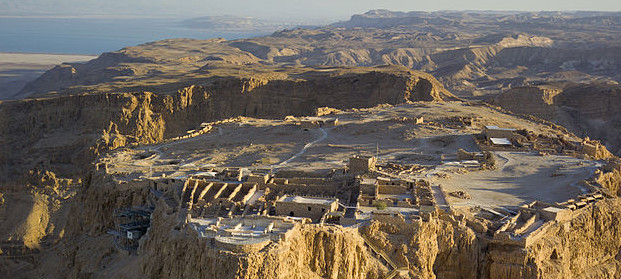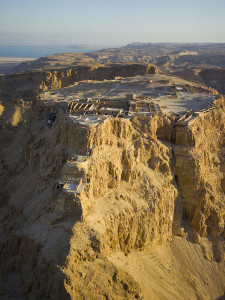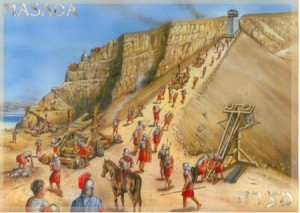Masada, the famous Jewish mountain-top fort has revealed more of its secrets from the infamous Roman siege of 73 CE.
Masada, located in the Southern District of Israel was fortified by the biblical King Herod who build a palace on the plateau a few decades before the birth of Jesus of Nazareth. The palace encompassed three tiers, with the center tier housing a swimming pool.
“One can imagine King Herod lounging in his pool, surrounded by all the latests frescoes, overlooking the desert.” remarks Dr. Gwyn Davies of the History Department of Florida International University.
Dr. Davies, a Welsh native is the co-director of the Yotvata Roman Fort Project in Israel, his specialization includes the history of Roman siege works. Davies suggests that “the pick-ax was just as important to the sword” referring to the Roman’s engineering prowess.
Roman engineering is best exemplified at the site by the enormous ramp the Roman’s built to gain access to the impenetrable fortress. Davies also noted evidence of cicumvallattion walls and towers as well as weapon staging platforms surrounding the desert stronghold.
According to Davies it was these walls, towers and siege weapons such as catapults and ballistics, that encapsulated and eventually defeated the Jewish stronghold of sicarii, or “dagger-men” in the spring of 73 CE.
Legend has it that rather than be taken alive the inhabitants of Masada committed suicide, although little remains in the way of archaeological evidence to support the tale.
Masada is immortalized by the 1981 television mini-series starring Peter O’Toole as Roman commander Lucius Flavious Silva and is both a national treasure to Israel as well as a World Heritage Site.





















